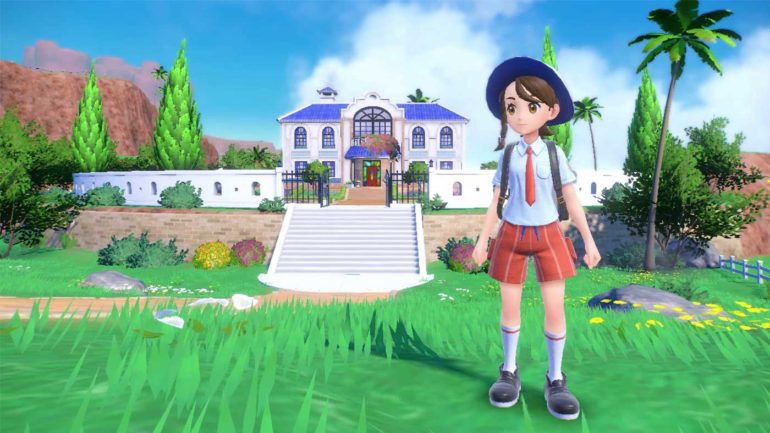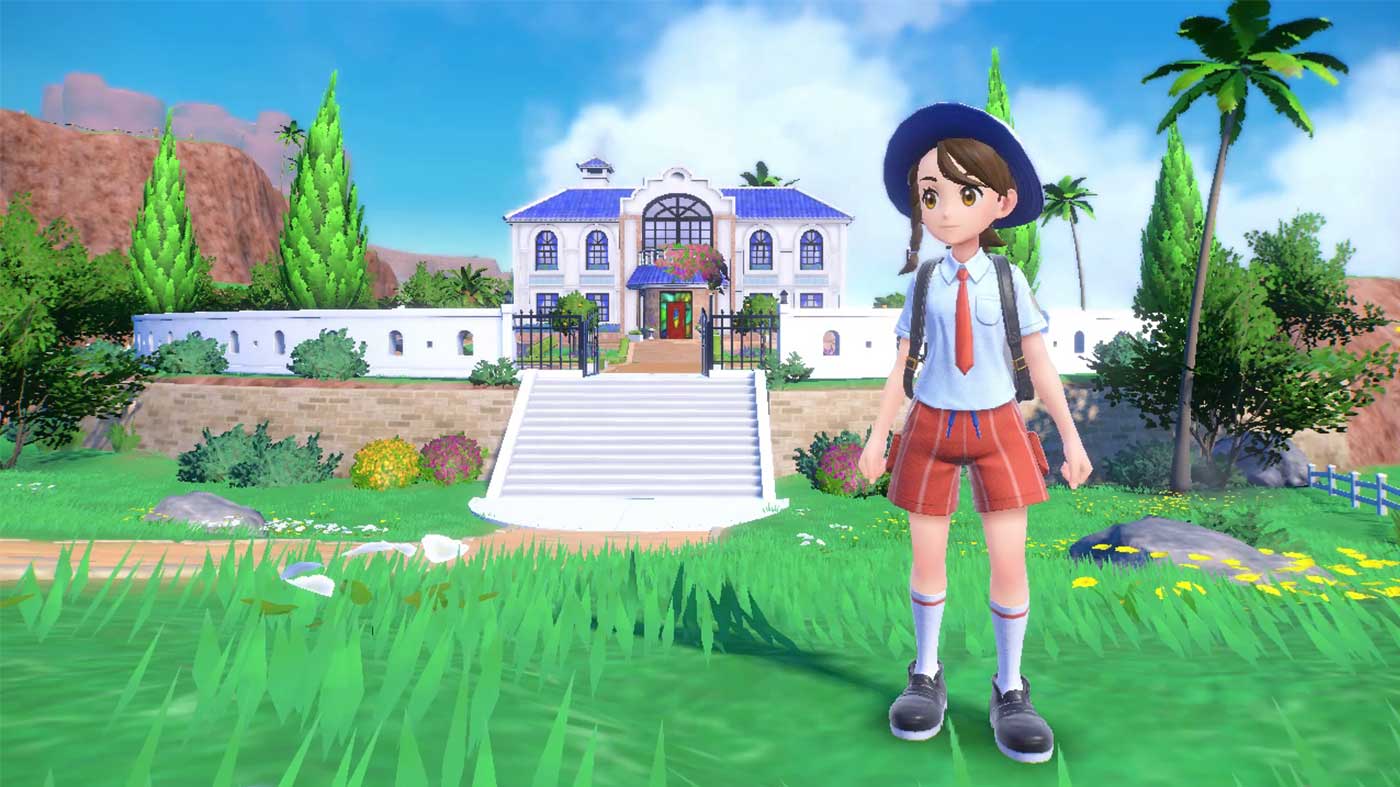While playing Pokémon games as a kid was pure and unadulterated bliss, there was always a part of me that longed for a Pokémon game that conveyed the same sense of scale and adventure as the anime. More than 10 years on from the days of sinking hours into Pokémon Pearl after school, Pokémon Scarlet and Violet look to break the mold of a traditional mainline Pokémon title.
While other recent entries such as Sun and Moon have sought to rework the long-established framework of the gym challenge, Scarlet and Violet make much more substantial changes to the broader foundations of Pokémon. Despite some stumbles on the path to a more modern and refined Pokémon formula, Scarlet and Violet offer a tantalizing look into the future of Pokémon, and how this series can go so much further when letting go of its legacy.
THE CHEAPEST COPY: $64 with free shipping
Pokémon Scarlet and Violet are set in the Paldea Region, primarily inspired by the Iberian Peninsula, specifically countries like Spain and Portugal. In a twist on the typical world setup, you play as a student freshly enrolled at Naranja (Scarlet) or Uva (Violet) Academy, coincidentally around the time that the Academy’s annual Treasure Hunt takes place. After a brief introductory segment, you’re thrust into the open world of Paldea with one goal in mind – to find your treasure. What entails is a somewhat non-linear romp through three unique narratives; Victory Road, Starfall Street, and Path of Legends.
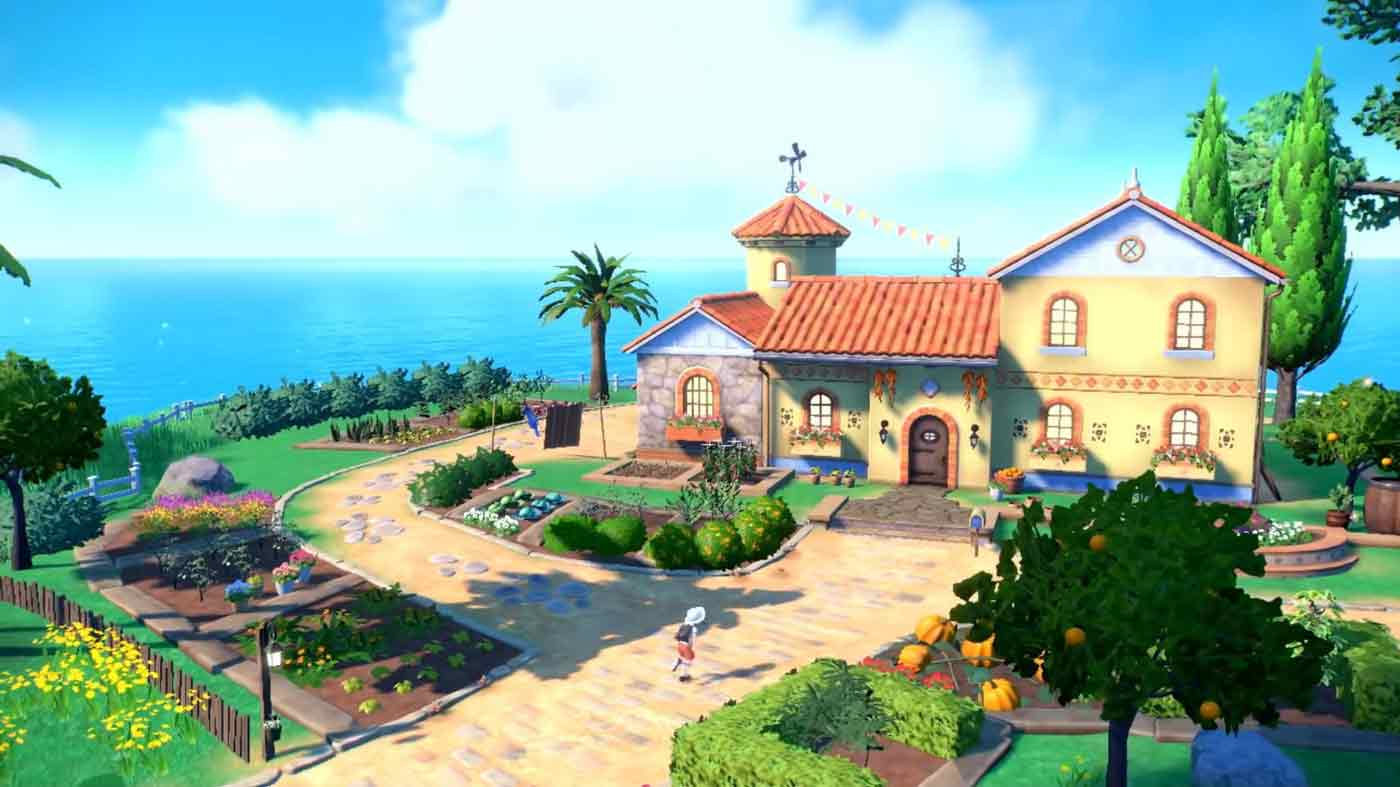
It goes without saying that this is a structure that’s in stark contrast with its predecessors. Where previous entries had carefully curated linear paths to follow, Scarlet and Violet let you loose on all that Paldea has to offer, making for an unprecedented freedom not found in other Pokémon games. Each of the three narratives have their own cast of characters, ideas, and themes at play, and the ability to – mostly – bounce between them as you see fit does wonders for pacing and variation in gameplay.
While Victory Road is a standard fare gym challenge, Starfall Street and Path of Legends are what stuck with me the most after the credits rolled. Without getting into spoiler territory, these narratives explore aspects of the Pokémon world not previously tapped into by other games, with Starfall Street focusing on the impact bullying has on educational communities, while Path of Legends leans into the idea of mortality in Pokémon, and how they’re ultimately just as vulnerable as any other living creature. Although I wouldn’t say either of these stories are profoundly deep or head scratching in their messages and meanings, I did find myself invested enough in their characters and narrative developments to progress them whenever the opportunity arose.
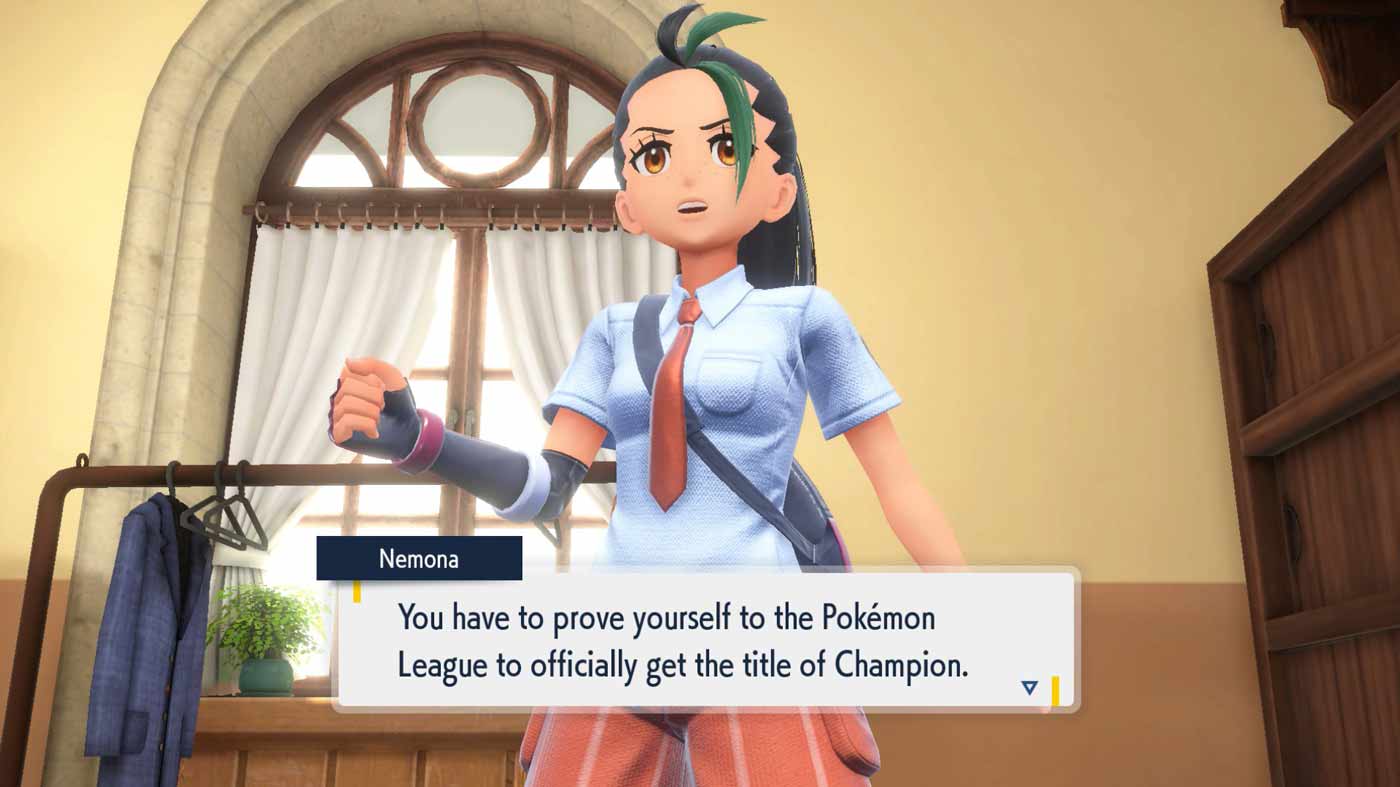
The way you move between each of these narratives is through Koraidon or Miraidon, depending on your game version. The new flagship legendary Pokémon are mountable, similar to the rideable Pokémon found in Pokémon Legends: Arceus. As you progress through the game, new traversal abilities are unlocked, allowing you to more seamlessly access hard to reach areas of Paldea and streamlining traversal further. It’s a fun idea that fits the theme of adventure and slots into the shift to open-world quite nicely.
Despite fundamentally reworked foundations in Pokémon Scarlet and Violet, the core appeal of catching cute critters to build out your team as you venture through unknown lands is here in full-force. The roster of new monsters is a wildly varied bag of interesting type combinations and striking new designs, both good and bad. The good far outweighs the bad, though, and some of the highs are exceptionally high, with the likes of Armarouge and Ceruledge standing out in particular. One weird omission is that the ability to catch these critters like you could in Pokémon Legends: Arceus is nowhere to be found, returning to the comparatively archaic and sluggish ways of battling a Pokémon in order to catch it.
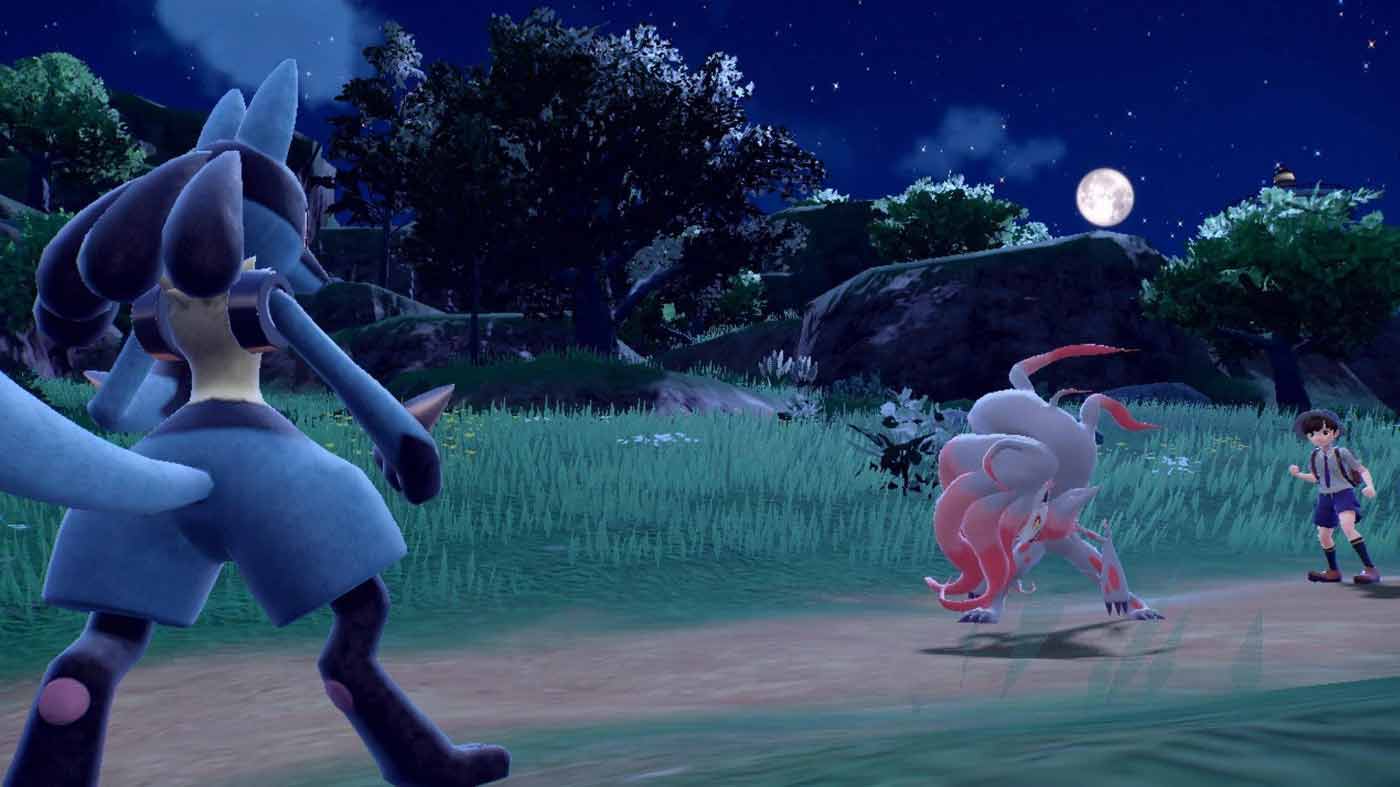
Once you pick your starter Pokémon from the new trio of Quaxly, Sprigatito, and Fuecoco, you’ll set off into the Paldea Region in search of your very own treasure. Victory Road primarily functions as a typical gym challenge from previous games, though the offering feels bare-bones in comparison. Each gym requires you to complete a gym test before challenging the gym leader, and while they’re inoffensive and simple in nature, they pale in comparison to the gym challenges of old. Actual fights with gym leaders are appropriately atmospheric, though, with crowds gathering around to watch your match unfold as the music swells up to grand heights.
Path of Legends on the other hand sees you helping fellow student Arven hunt down Herba Mystica and the abnormally sized Titan Pokémon that guard them. These encounters boil down to tracking down a Titan Pokémon within any given area, and battling it with Arven to force it to retreat. Instead of typical wild encounters, these battles are closer to the likes of a boss fight, as each Titan Pokémon has buffed up stats and health pools, and while they’re simple in nature, they offer a bit of spectacle and variation in comparison to typical encounters.
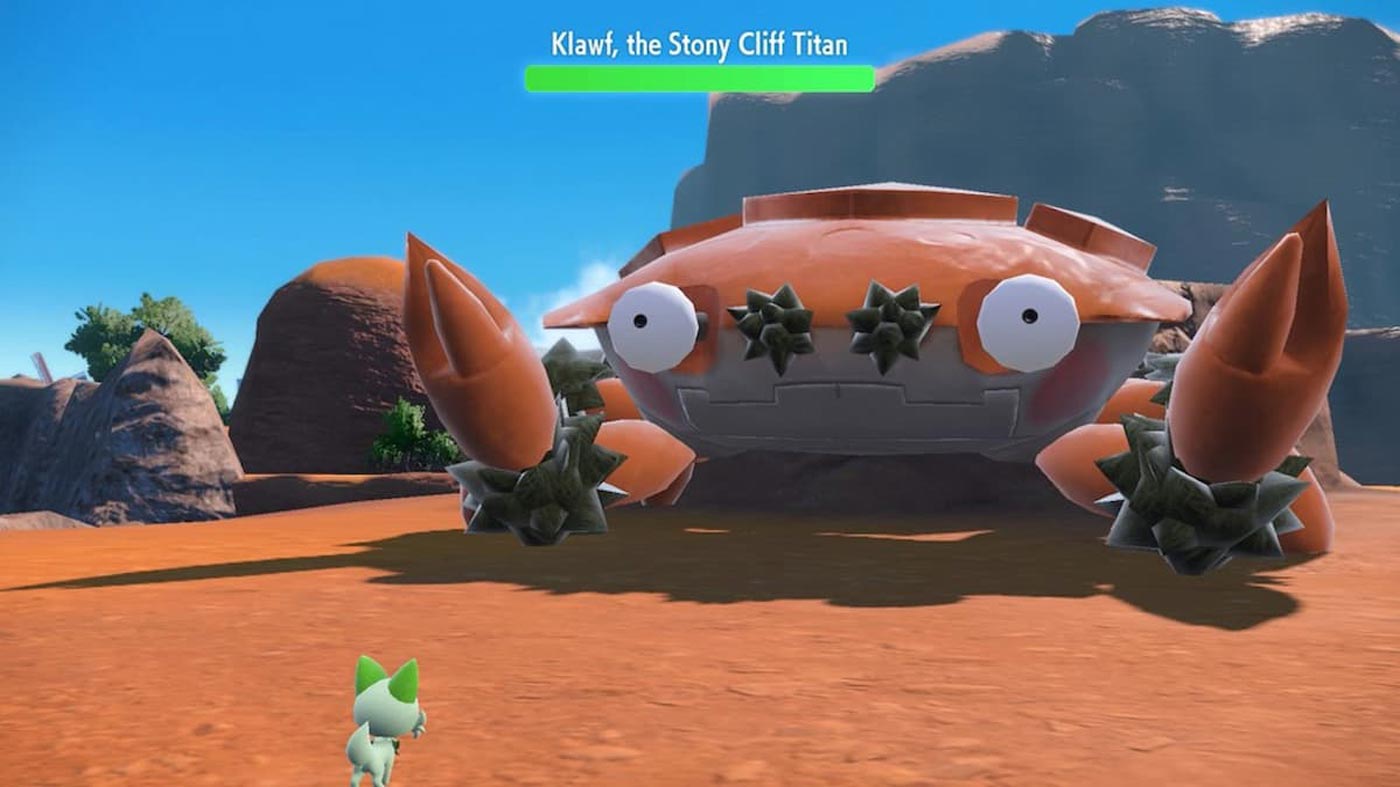
Starfall Street is by far the most unique storyline in the context of gameplay, as you attempt to dismantle a rebellious group of students known as Team Star. You’ll storm different Team Star bases across Paldea and send out your Pokémon to auto battle Team Stars own. Each one culminates in a battle with the base leader that’s most comparable to battling a gym leader. Again, these bases are straightforward but serve as a great way to break up pacing and open-world exploration.
Although you can technically battle any of the 5 Titans, 8 Gyms, and 5 Starfall bases in any order, fixed levels for each encounter means that there is a degree of linearity and structure to the order in which you complete them. This wouldn’t be such an issue if the difficulty curve didn’t feel so uneven as a result. There were multiple occasions where I encountered gyms and Titan Pokémon that I wanted to engage with, but couldn’t because of level differences. Getting on the right track is as simple as heading to the Pokémon Center and asking for advice on where to go next, but true non-linearity isn’t here as expected, and that’s disappointing.
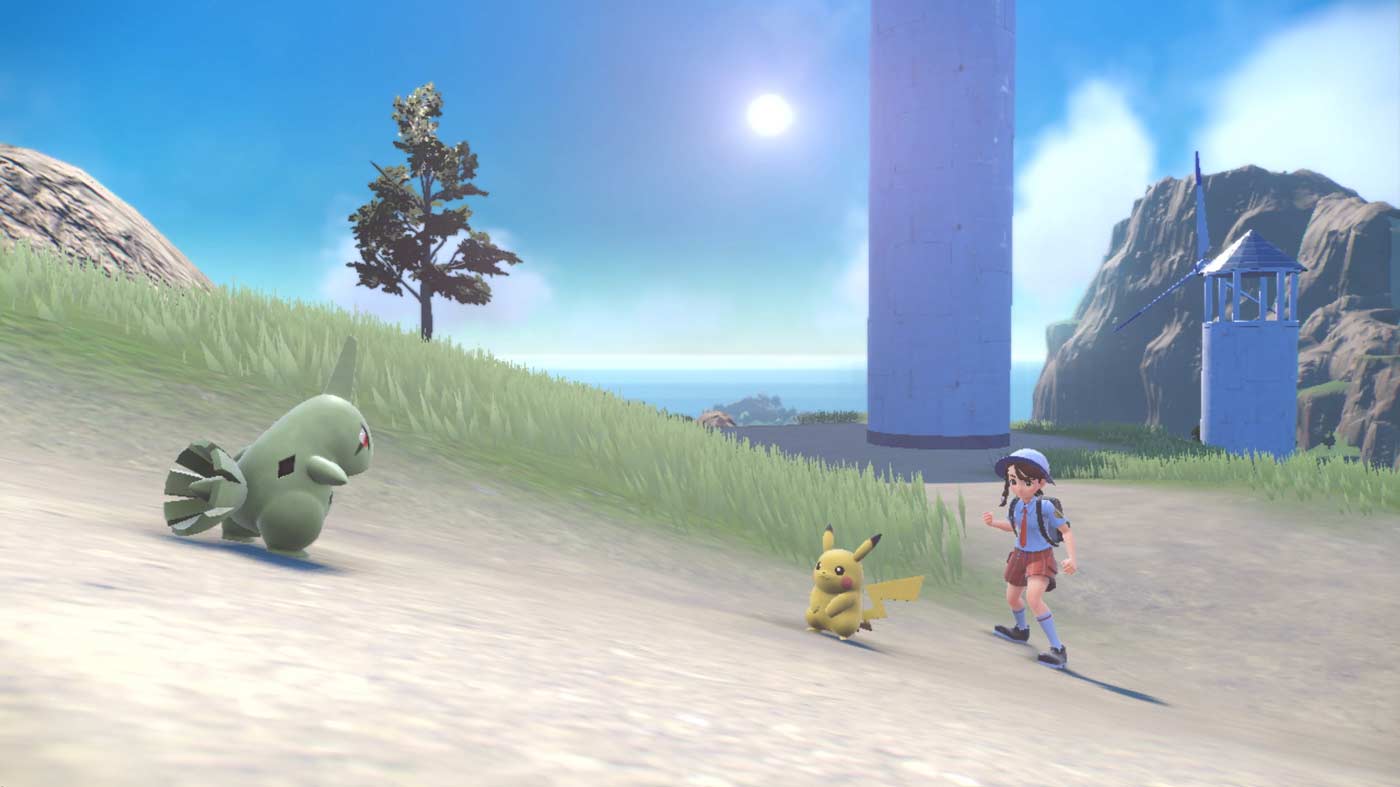
One new inclusion that somewhat remedies this issue is the aforementioned auto-battle feature, where you can send out Pokémon to battle autonomously while you explore your surroundings. While I initially shrugged this mechanic off outside of mandatory use, it quickly became my main method to grind experience points and level up my Pokémon. It’s a simple addition that takes out a lot of the mundanity and grinding that you’d otherwise have to go through to meet certain challenges.
It also feeds into the excellent new TM Crafting system where you can create TMs using materials obtained from the overworld. The ability to create new TMs if you use one is a safety net that allows you to experiment with moves on Pokémon you typically wouldn’t without having to worry about wasting the TM. You also have the ability to remember any move your Pokémon has previously learnt, taking uncertainty out of the equation when it comes to building out your team.
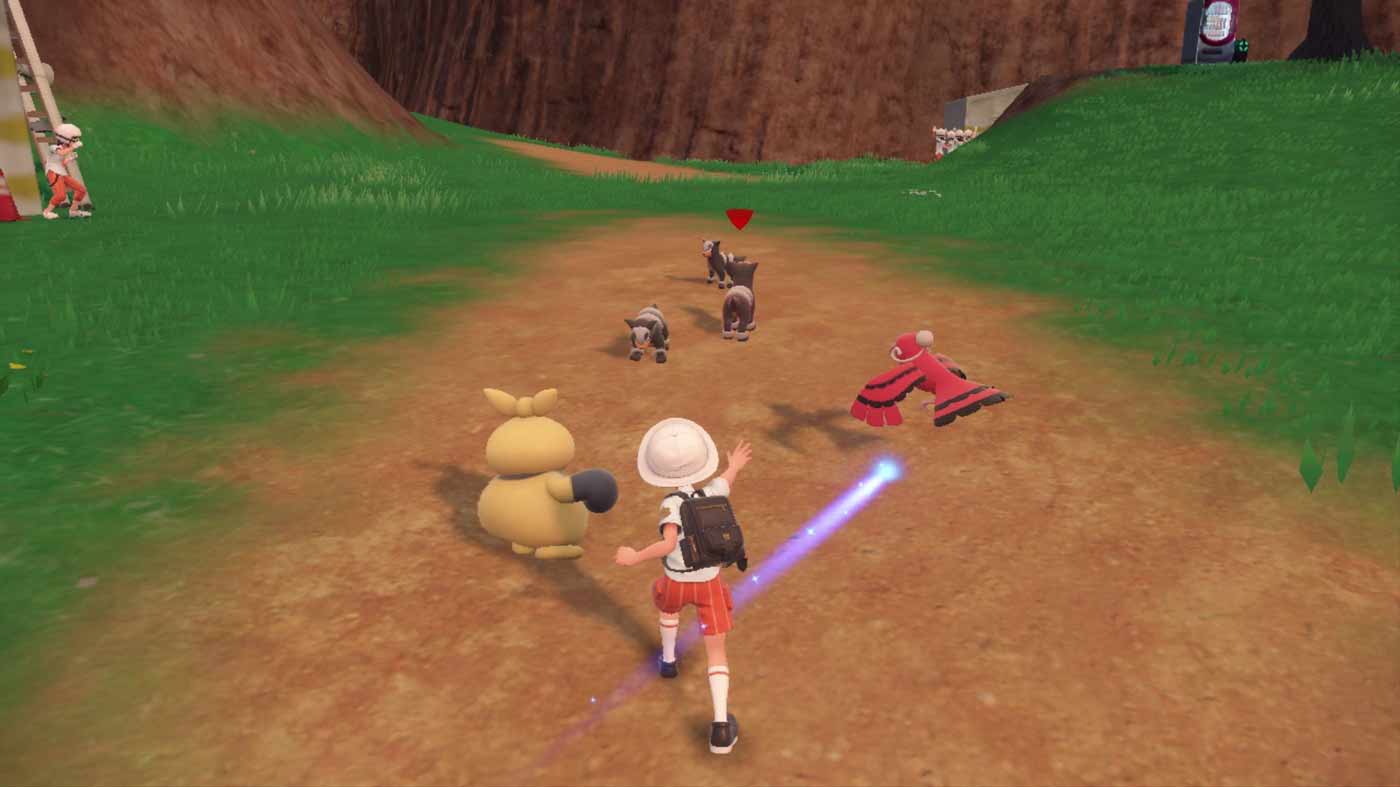
If there’s one aspect of Pokémon games that have remained almost entirely unaltered, it’s the core battle system, and much the same can be said for Scarlet and Violet. More iterative than it is innovative, Scarlet and Violet opt to play it safe by adding a bevy of new moves that feel suitably useful in the broader scope of Pokémon moves, as well as the ability to Terastallize Pokémon in battle. Terastallization is a phenomenon only found in Paldea where Pokémon are crystalized in a gem-like casing, shifting their type to whatever their Tera type is, and boosting the power of that types respective moves.
While I was initially led to believe that Terastallization is a one-stop shop for a quick power boost, I quickly realized otherwise. Having Pokémon with Tera types that differ to their base types provides a level of strategy and thought that hasn’t been present in these kind of mechanics since X and Y’s Mega Evolution. The visual designs leave a lot to be desired, and the room for strategic use of Terastallizing within the main story is pretty slim, it’s clear that this is a mechanic that’s going to fundamentally shift how Pokémon is played at a competitive level.
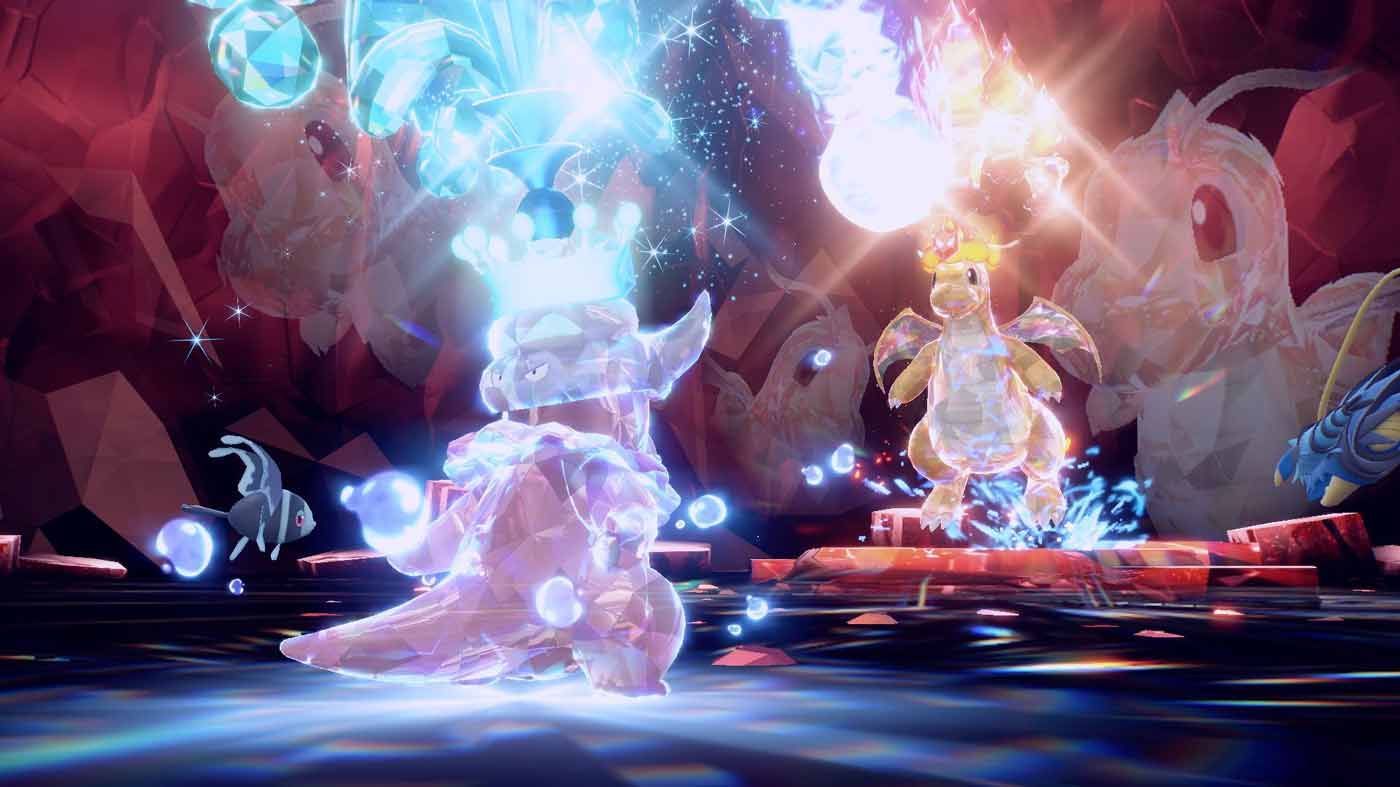
Between dealing with Gyms, Titan Pokémon, and Team Star, you can also partake in trainer battles, and Tera Raids within the open-world. One key difference with trainer battles is that they have to be triggered by the player, making for more flexible and risk-free exploration especially if you’re running low on healing items as you race towards the next Pokémon Centre. Tera Raids are effectively Max Raid Battles from Sword and Shield, with the promise of Pokémon with unique Tera types that you typically wouldn’t find in the wild. These are quite the visual spectacle and I suspect undertaking high level Tera Raids will be very alluring for some in the post-game. Unfortunately, we weren’t able to try this or cooperative play during the review window, as online services were disabled.
Exploring Paldea itself is enticing in the sense you never know what Pokémon might be waiting for you around the corner, and there are a few mysteries to be solved during your journeys. Aside from this, though, it feels like something of an afterthought, lacking in any sort meaningful content to make you wonder about what might come next. The majority of the towns of Paldea are similarly underwhelming, as only a few have palpable identities and a sense of place within the world. It’s by no means bad, but these towns didn’t invoke any emotional response outside of a select few.
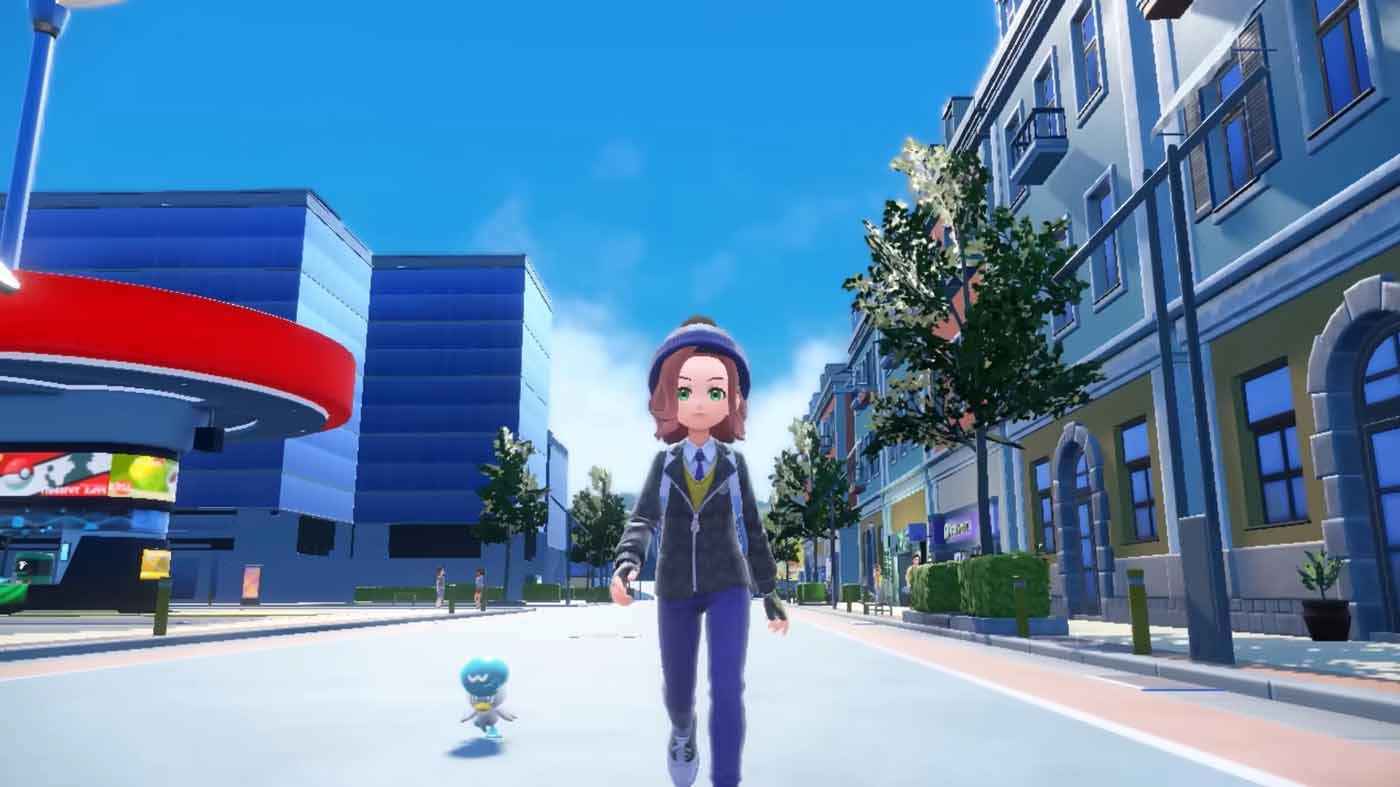
One area Pokémon has consistently underdelivered in since Sword and Shield (bar remakes), is in their presentation, visual fidelity, and performance. Unfortunately, Scarlet and Violet don’t entirely buck the trend, despite some small improvements. For starters, interior environments are vastly improved, and character models in general are more detailed and eye-catching. Environments are only marginally better than what was offered in previous entries, and the performance simply isn’t consistent enough to justify it, with regular slow-down and frame drops interrupting the experience. While there’s no doubt that the Switch is aging hardware, it’s painful to see Pokémon struggle with this yet again, while other titles manage to achieve much more with the same specs.


